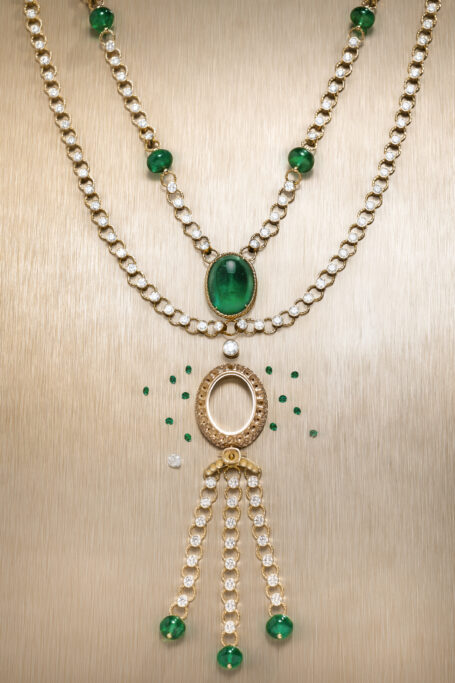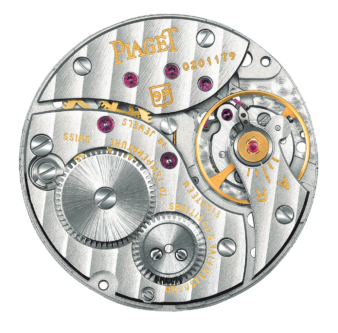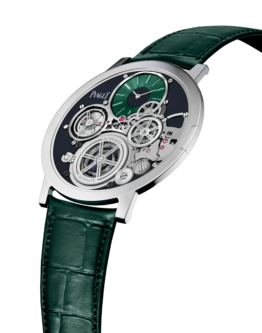In the heart of Plan-les-Ouates, the workshops of Piaget resonate with a harmonious symphony of craftsmanship and innovation. This is where the Possession Decor Palace bracelet, a true marvel of fine jewelry, is born. To craft this exquisite piece, a team of skilled artisans, from goldsmiths to gemsetters, unite their talents. This fusion of artistry and precision embodies the spirit of Piaget, a Maison that started as a Swiss watch manufacturer nearly 150 years ago before transitioning into a dazzling jeweler of the 1960s and 1970s. Audacity has always been their guiding principle.
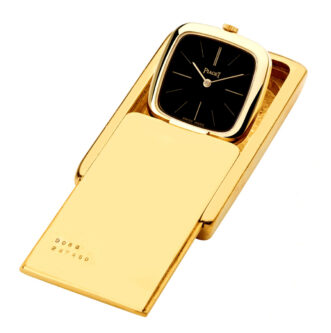
A Tradition of Integration
This journey of craftsmanship and fusion is deeply rooted in a long-standing tradition that dates back to the inception of the Maison. In the Jura Mountains, as early as 1874, the founder, Georges-Edouard Piaget, challenged the traditional method of craft specialization in workshops. Faced with fierce competition from American watchmakers embracing industrialization, Georges-Edouard turned his focus to crafting exceptionally thin, high-quality components. He also ventured into creating the world’s first ultra-thin complete movements. The emphasis shifted from quantity to unparalleled quality.
Under the roof of the family farmhouse, everything was meticulously crafted by hand before these movements were sold to renowned Swiss watchmakers. After World War II, in 1943, the Maison expanded its production capacity. To meet the demands of industrialization, they inaugurated a vast manufacture with large windows, capable of accommodating up to 200 artisans. This historic site, the precursor to today’s Côte-aux-Fées manufacture, remains one of the few capable of conceiving, developing, and assembling movements in-house.
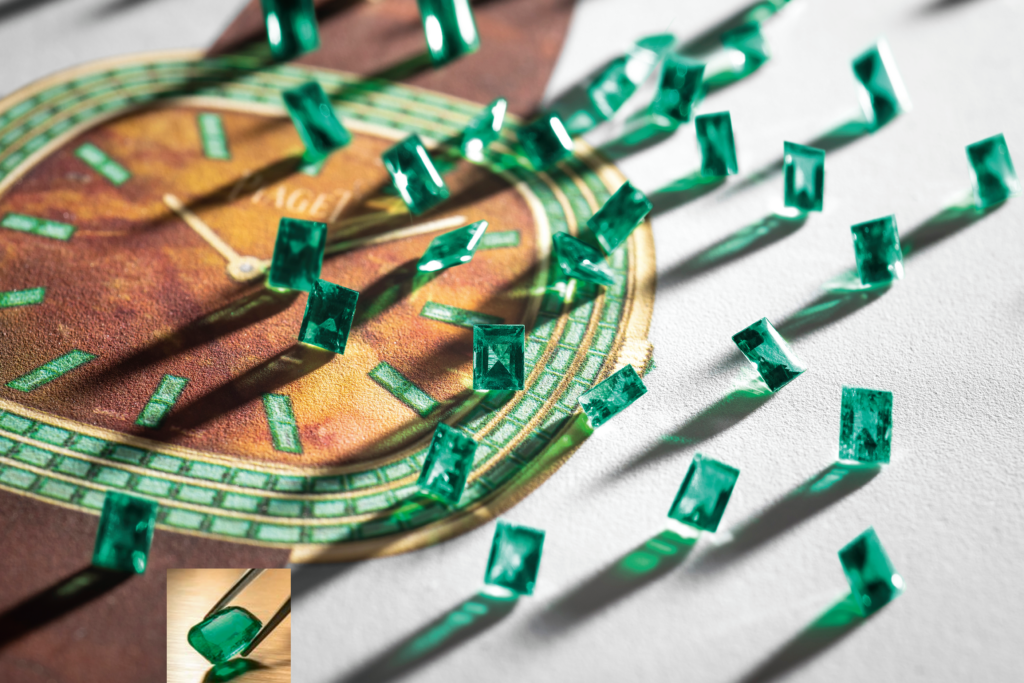
The Secret of the Ultra-Thin Movement
Without this vertical integration, Piaget might have never become a master of ultra-thin movements. Leveraging their multifaceted skills and talents, the production facility led to a groundbreaking innovation in 1957: the 9P.
This manual-winding mechanical movement, measuring a mere 2mm in thickness, was the world’s thinnest. It was also the first movement to be industrialized, leading to the invention of remote servicing. Components could now be swiftly dispatched to a vast network of retailers, thanks to the visionary efforts of Gérald Piaget, CEO of the Maison and brother of Valentin. In 1957, Piaget also made the bold decision to work exclusively with precious metals, gold, and platinum. In 1959, they furthered their integration by opening their first boutique in Geneva. Modern and welcoming, it was the ideal setting to unveil their groundbreaking achievement the following year: the new 12P mechanical self-winding movement, a world record at 2.3mm in thickness.
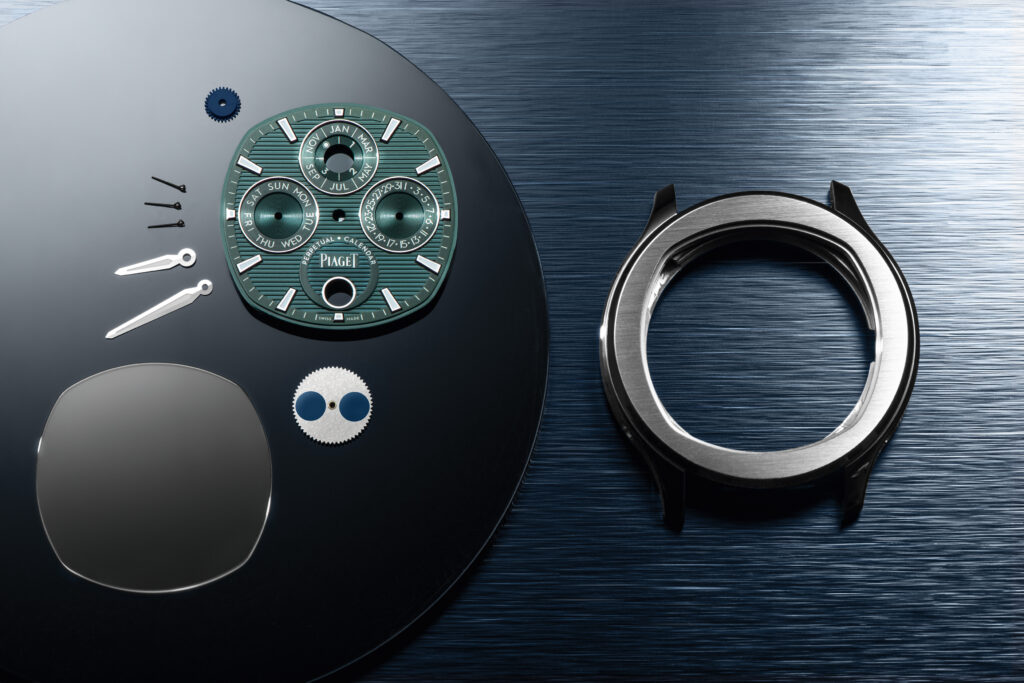
The Fusion of Watchmaking and High Jewelry
As the 1960s dawned, Valentin Piaget, unburdened by external constraints, established a design studio within the Piaget family. This marked the beginning of a new era, where audacity reigned supreme, giving rise to the magnificent “Collection du XXIe siècle.” This collection comprised cuff watches and Swinging Sautoirs, each more audacious than the last.
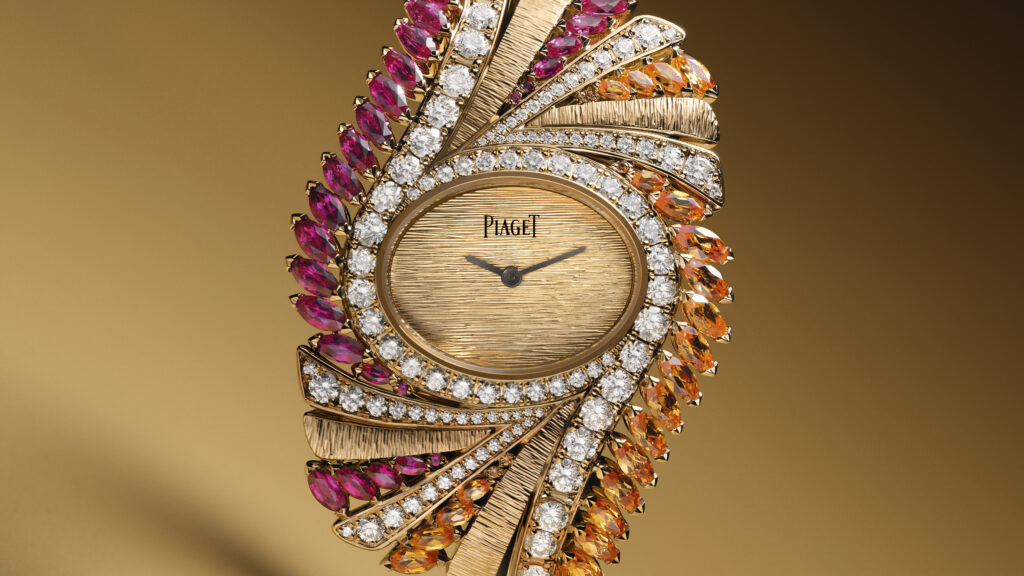
During the 1960s, Piaget, often referred to as the “jeweler-watchmaker,” embarked on a journey of experimentation and innovation. Within the concealed walls of their workshops, Piaget became the first to boldly adorn the dials of their ultra-thin watches with ornamental gemstones, breaking free from standardization. They created unique pieces, offering up to ten or fifteen variations of textured gold bracelets, a specialty of the Maison.
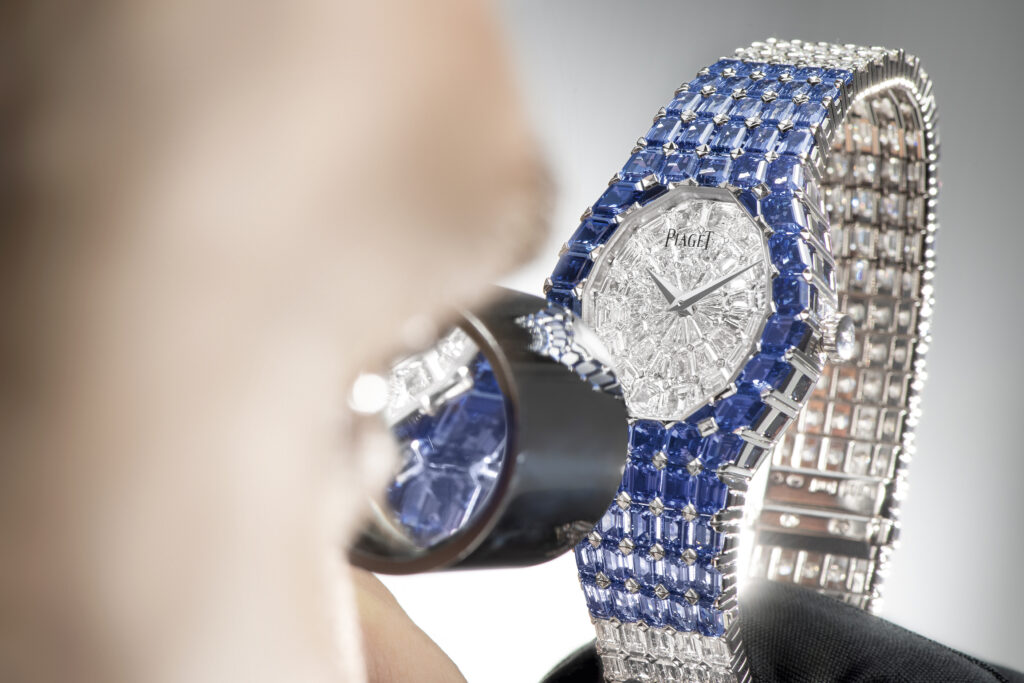
An Unprecedented Approach
To bring their “Collection du XXIème siècle” to life, the Maison took an unprecedented approach. They acquired their precious metal suppliers, giving birth to Prodor, the future Plan-les-Ouates manufacture. This vertical integration, merging the worlds of jewelry and watchmaking, enabled Piaget to achieve wonders that they can still replicate today.
Today, Piaget stands as a rare horological house that has harnessed all its crafts, uniting more than forty trades across its Plan-les-Ouates and Côte-aux-Fées locations. Every artisan works in synergy, from chain-makers meticulously weaving milanaise or Polish mesh to engravers capable of crafting over a hundred different patterns, such as frost or python scale motifs. These gold virtuosos collaborate with setters, lapidaries who reshape stones directly on the piece, and polishers. Even the most exquisite gems, including emeralds, pear-cut diamonds, or marquise-cut diamonds, pass through the hands of the gemologist. In a rare feat, Piaget has its own gold founder, practicing the lost-wax technique and recycling gold shavings to forge ingots right in-house.
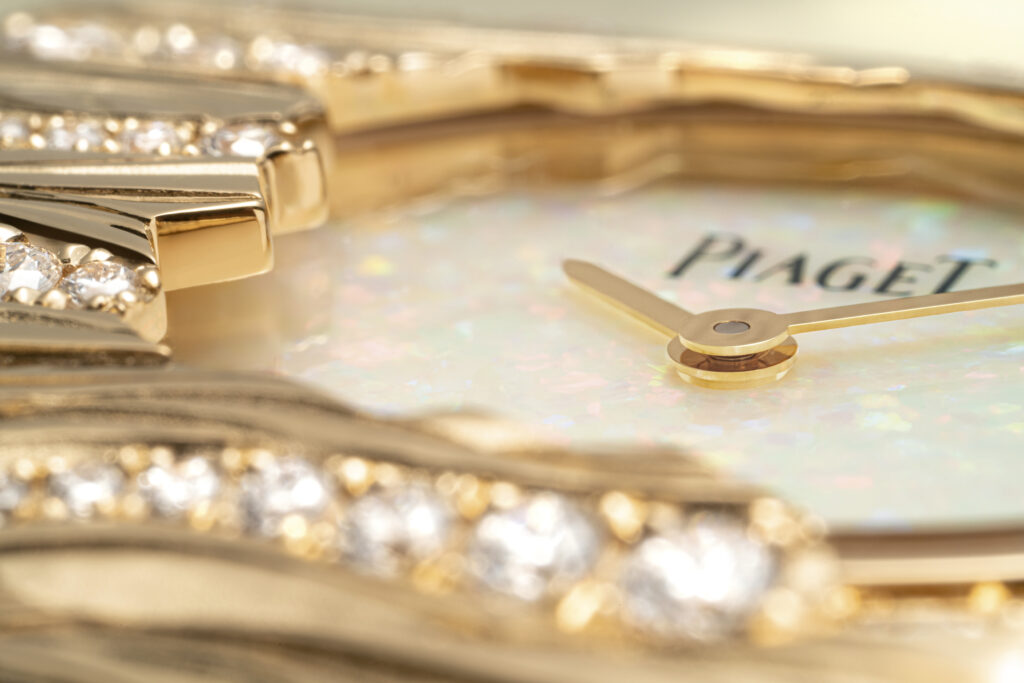
The fluid exchange of expertise between the worlds of jewelry and watchmaking, both in the design studio and the ateliers, allows Piaget to rise to creative challenges. They play with textures and colors, much like an alchemist, liberating energy and radiance. The synergy between different crafts and sectors transforms into efficiency and a distinctive style, creating the “Maison of Extraleganza,” where elegance and extravagance effortlessly merge. It’s a virtuous cycle that celebrates the art of fusion.

Piaget’s “Les Ateliers de l’Extraordinaire” encapsulate the union of watchmaking and high jewelry, where audacious creations defy conventions. The audacity of Valentin Piaget laid the foundation for a new era of innovation. Today, Piaget is a beacon of craftsmanship, where every piece is a masterpiece, and where elegance and extravagance meld seamlessly. Piaget’s legacy continues to transcend the boundaries of creativity, weaving a tale of excellence that endures through the age.
